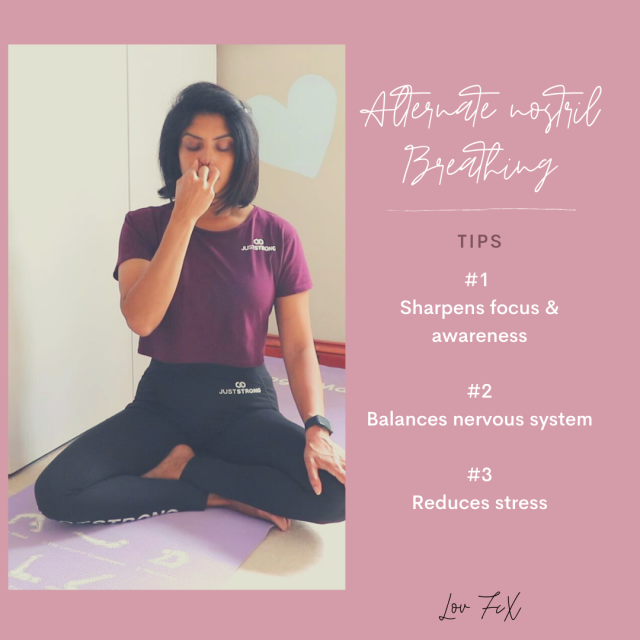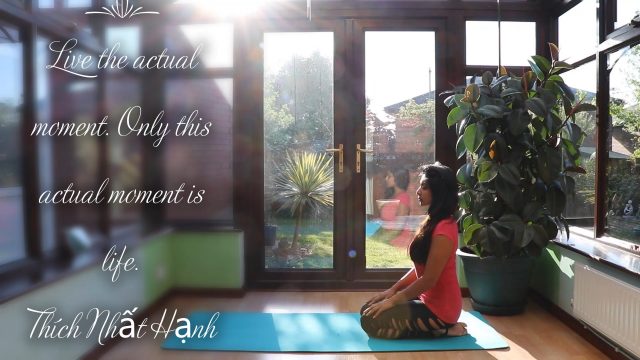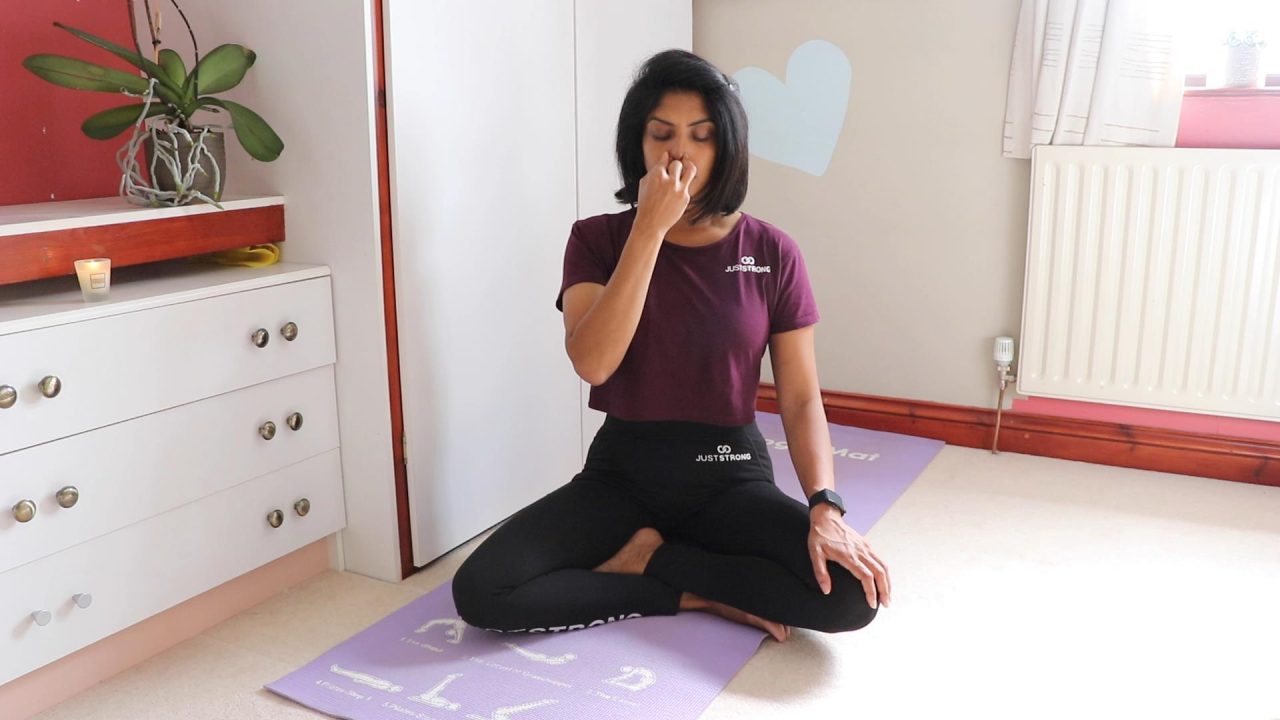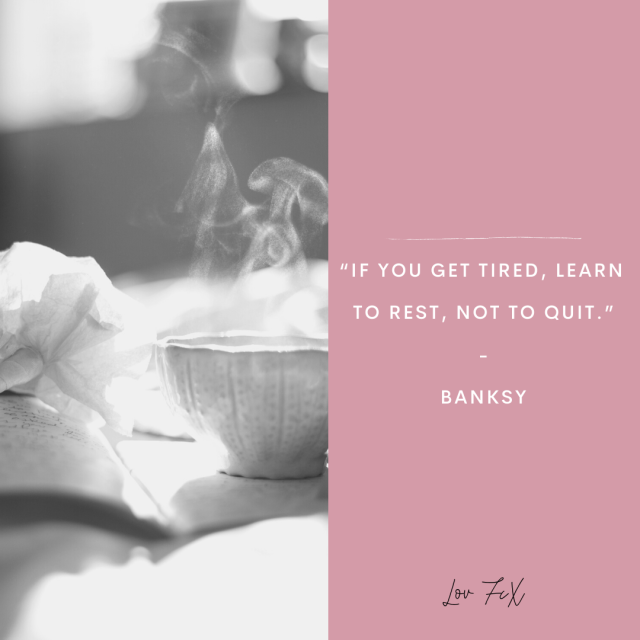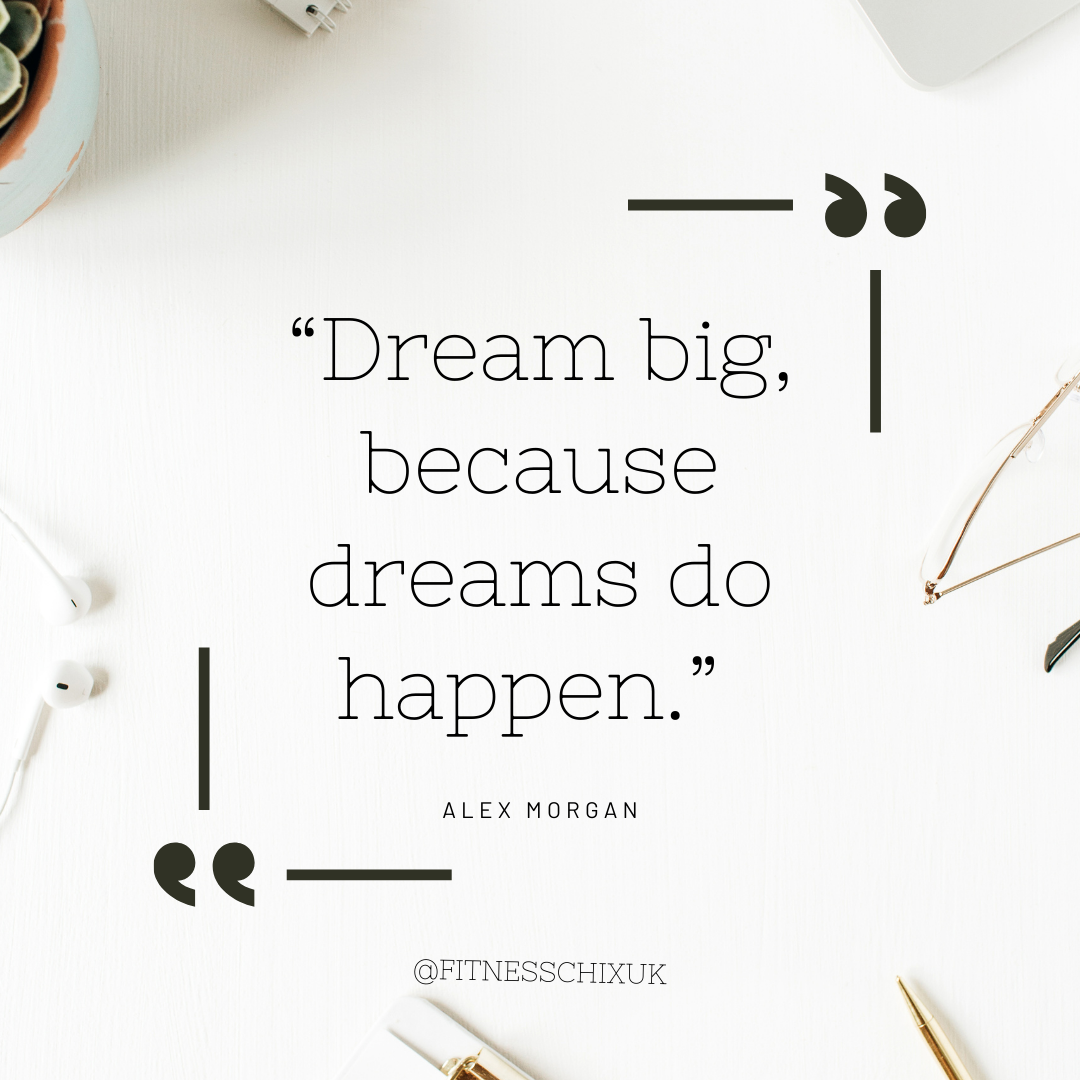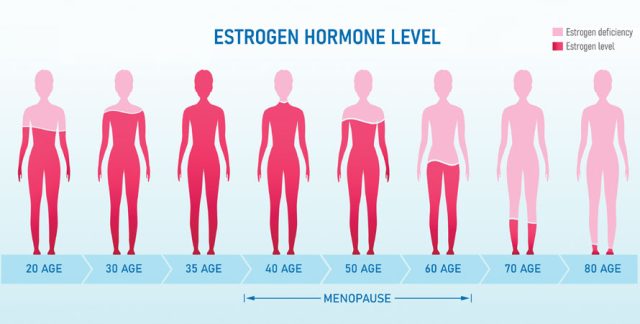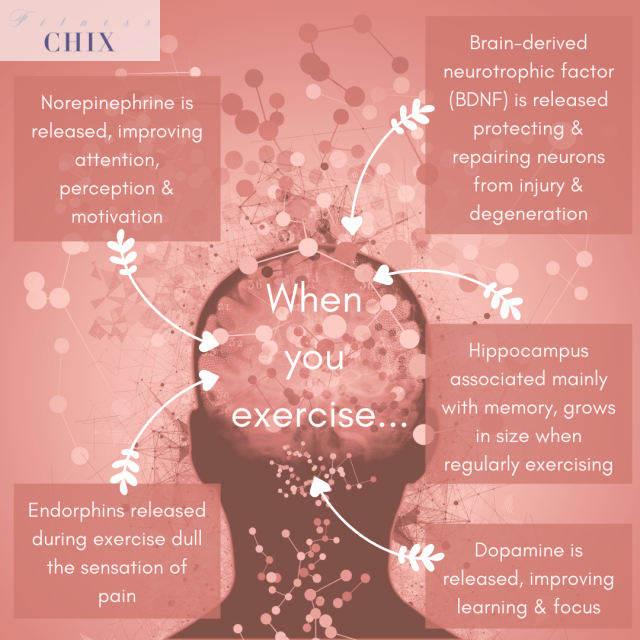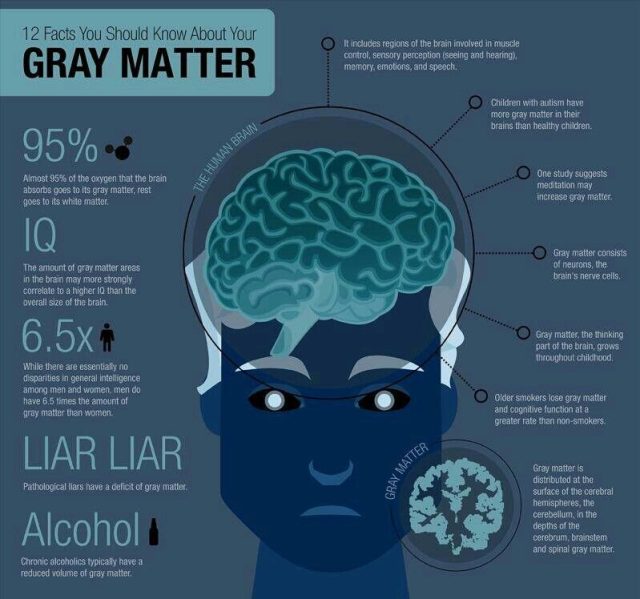Breath-control can change your life
Part II

Emotions Change your Breath
What are the ways you can regain control of your breath and how it can change your life instantly? In part I we looked at examples of ways the breath changes your emotions and behaviours. If you haven’t checked it out, click here for the link.
In part II we delve deeper into what relaxation is about and how we can instigate it during periods of stress, anxiousness, and chaos by using breath-control.
The Physiology of Relaxation
Relaxation isn’t as simple as slowing down your thoughts. Relaxation elicits a physiological response such as decreasing the heart rate, blood pressure, slowing down the breath and relaxing your muscles.
Anatomically, you have increased activity in the prefrontal, motor, and parietal cortices structures of your brain. Behavioural changes include comfort, relaxation, vigour, and alertness. Relaxation and breath work reduces symptoms of depression, anger, and confusion.
Information Overload
In a world where we are bombarded with information, there is plenty of evidence that can lead feeling stressed, overwhelmed, or anxious. Relaxation is also perceived to be something we earn. Relaxation is often associated with activities such as getting a massage or going on holiday. However, breathing is something that is natural, unconscious and yet it is the most essential component to induce a state of calmness, peacefulness, and overall state of well-being.
Problems V Solutions

Marines understand the importance of breathing under extreme distress and they have been conditioned to withstand tough training regimes. However, we are not soldiers, so what can we do to when we have stress that consumes our environment?
“We can not solve our problems with the same level of thinking that created them”
When under extreme stress our energy and attention are likely to be re-directed towards other parts of our body. Our brain automatically changes what it deems as high priority and is under the assumption the body is being attacked. Therefore, arrangements are made to protect our vital organs.
Thoughts tend to be misdirected and often people cannot think clearly nor logically. This also means creating a solution is fairly difficult. There is an increased state of anxiousness, distress and discomfort. This also brings about further repercussions to our own mental state. As a consequence you may face a barrage of negative emotions or narratives that tend to run through your head during the times of trauma and or worry.
Breathing is the Key
Breathing is the key to reducing stress and finding ways to relax should be a daily necessity. By focusing on the breath, it creates an active process and elicits body relaxation. Belly breathing for 20-30 minutes a day has been associated with reduction in anxiety and stress. This is because you are supplying fresh oxygen to your brain, as well as stimulating the parasympathetic nervous system.
In fact, the more the body and brain is trained to this level of resilience when facing perceived stressful conditions, the less likely stressful events will alter your physiology in a negative way.
Supporting Evidence 
- Yale ran a study that revealed, those who went through the breathing exercises experienced the greatest mental health, social connectedness, and positive emotions. They also reported reduced levels of stress and depression as well as other mindfulness advantages.
- The study was branched out to veterans from Iraq & Afghanistan. This breathing meditation normalised their levels of anxiety after one week and they continued to benefit mentally for a year after the intervention!
- A 1-day breathing exercise intervention had been found to relieve the emotional exhaustion and depersonalization induced by job burnout according to Salyers et al.
- A 30-minute intervention with a daily duration of five minutes significantly decreased the anxiety in pregnant women experiencing preterm labour.
Main Take Home Points
There are various methods in which we can manipulate our breath to reduce distress, anxiety, and pressure. The goal is to induce a state of feeling relaxed, initiate a sense of calmness and regain clarity.
The ways in which we can alter our breathing affects our brain stem which consequently triggers the parasympathetic nervous system. This ‘rest and digest’ nervous system will bring the blood flow back into your pre-frontal cortex where you make rational decisions and you are able to find solutions instead of more problems.

Anyone seeking to learn more about the methods I use with my clients contact me and send a direct message via this link.
Alternatively, click here to arrange a one-to-one call and understand how Elevate Success: Leadership Formula can support you rising to the next level of success in your personal and professional world.
References:
Chang S.-B., Kim H.-S., Ko Y.-H., Bae C.-H., An S.-E. (2009). Effects of abdominal breathing on anxiety, blood pressure, peripheral skin temperature and saturation oxygen of pregnant women in preterm labor. Korean J Women Health Nurs 15 32–42. 10.4069/kjwhn.2009.15.1.32
Perciavalle V, Blandini M, Fecarotta P, Buscemi A, Di Corrado D, Bertolo L, Fichera F, Coco M. The role of deep breathing on stress. Neurol Sci. 2017 Mar;38(3):451-458. doi: 10.1007/s10072-016-2790-8. Epub 2016 Dec 19. PMID: 27995346.
Salyers M. P., Hudson C., Morse G., Rollins A. L., Monroe-DeVita M., Wilson C., et al. (2011). BREATHE: a pilot study of a one-day retreat to reduce burnout among mental health professionals. Psychiatr. Serv. 62 214–217. 10.1176/ps.62.2.pss6202_0214
Zaccaro, Andrea et al. “How Breath-Control Can Change Your Life: A Systematic Review on Psycho-Physiological Correlates of Slow Breathing.” Frontiers in human neuroscience vol. 12 353. 7 Sep. 2018, doi:10.3389/fnhum.2018.00353
Take a Deep Breath – The American Institute of Stress
Research: Why Breathing Is So Effective at Reducing Stress (hbr.org)
www.sleepfoundation.org
Stages of Sleep: What Happens in a Sleep Cycle | Sleep Foundation
9 Amazing Facts About Breathing – The Breath Effect
